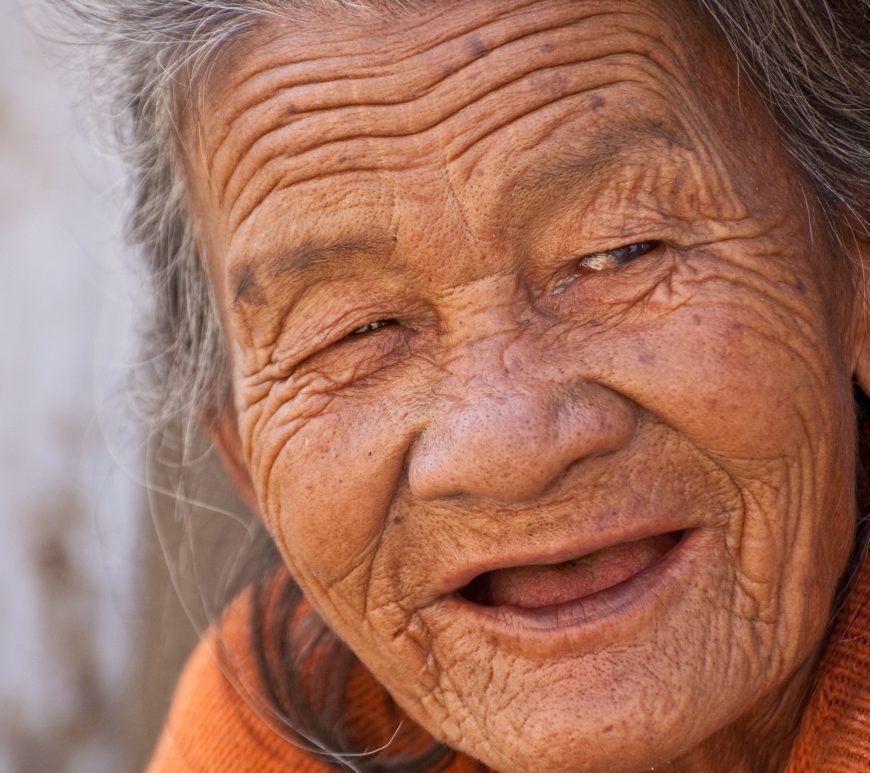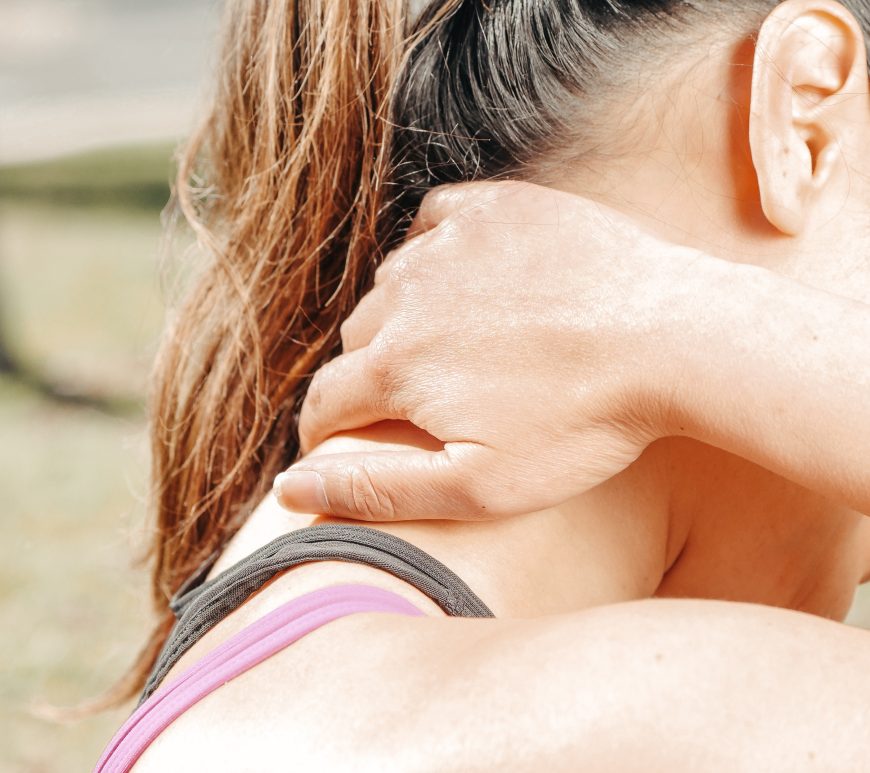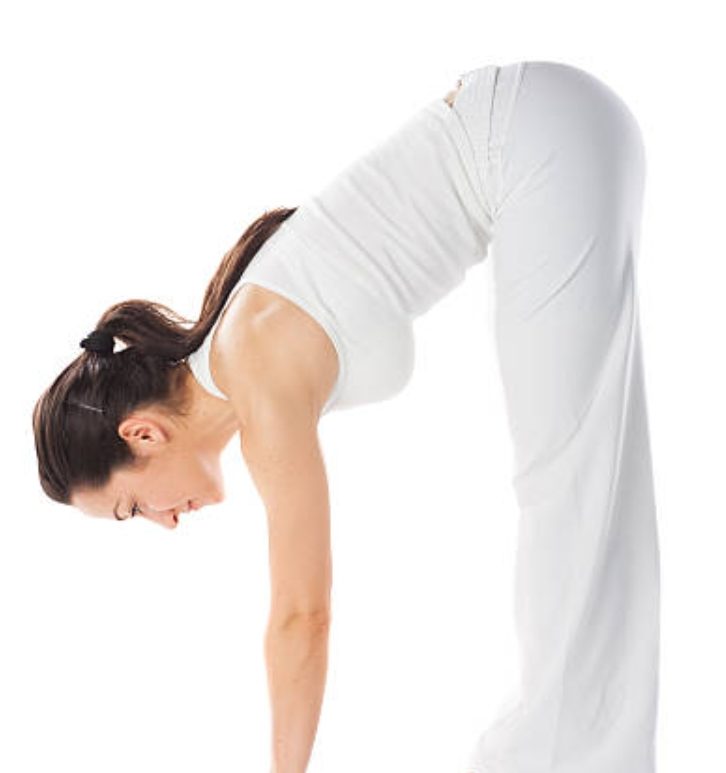
How does Tai Chi training affect subgroups of participants with varying levels of physical function?
A recent study led by Fuzhong Li, et. al., (2002) aimed to investigate the impact of Tai Chi training on physical function in older adults. By re-analyzing a dataset from a randomized controlled trial, the researchers sought to determine whether specific subgroups within the study sample exhibited varying responses to the intervention. This research is particularly valuable as it sheds light on the potential of … Continue reading How does Tai Chi training affect subgroups of participants with varying levels of physical function?

